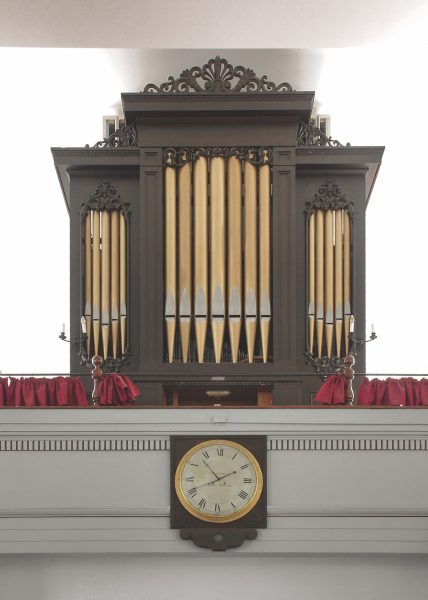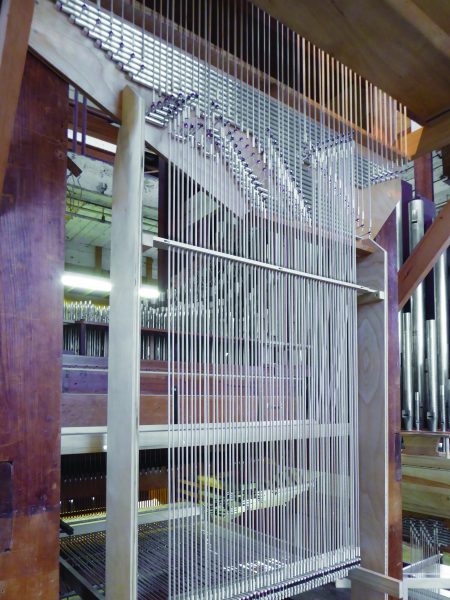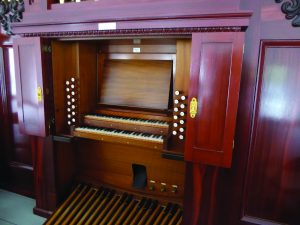The Twin Cities AGO chapter presented two recitals as part of its Pipe Organ Encounter at St. Olaf College in Northfield, Minnesota.
Monday, June 25, 2018 — 7:30 P.M. (CT) — Boe Memorial Chapel
Featuring “One Week” by Buster Keaton
Catherine Rodland, Organ
James Bobb, Organ
John Ferguson, Organ
Tuesday, June 26, 2018 — 7:30 P.M. (CT) — Studio A
Christopher Jacobson, Organ
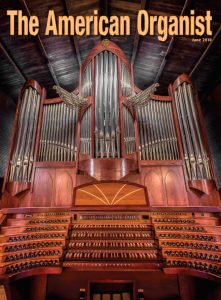 SS. Simon and Jude Cathedral
SS. Simon and Jude Cathedral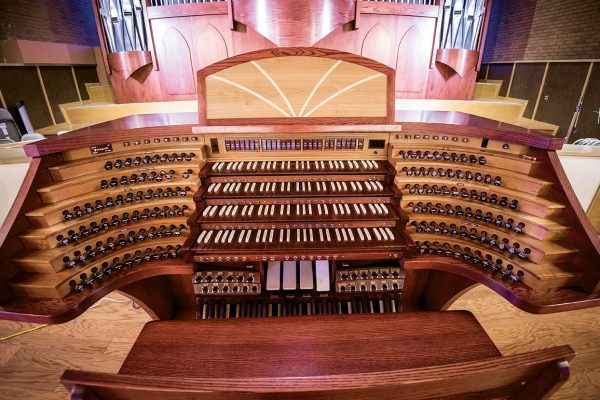
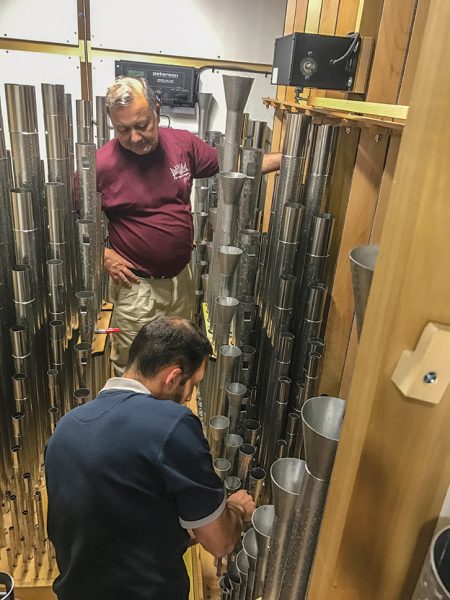

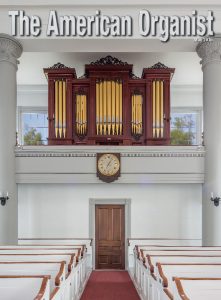
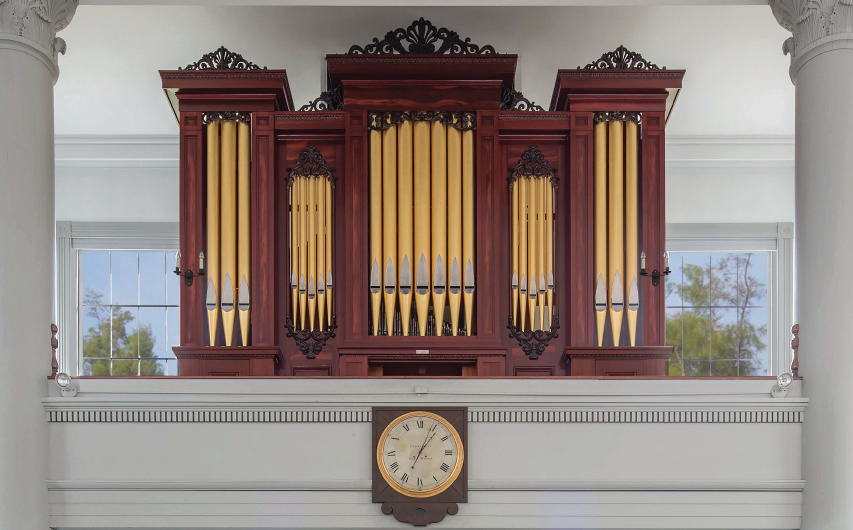 Duxbury, on the Atlantic coast 35 miles southeast of Boston, was settled by some of the original Mayflower Pilgrims. By 1632, a group including John Alden and Myles Standish left their small Plymouth farms and went north to work larger lots along Massachusetts Bay. In 1637, their settlement, having met the legal requirements to be set off as a separate community with its own church, was incorporated as Duxborough (original spelling), the second town in the Plymouth Colony. Elder William Brewster was the church’s first leader. The church embraced the Unitarian doctrine in 1828. The present 1840 Greek Revival meetinghouse, the fourth in the church’s history, retains most of its original furnishings. In 1851, the ladies of the church held their first fair to raise money for an organ and a fence around the cemetery. A Simmons organ was installed in 1853.
Duxbury, on the Atlantic coast 35 miles southeast of Boston, was settled by some of the original Mayflower Pilgrims. By 1632, a group including John Alden and Myles Standish left their small Plymouth farms and went north to work larger lots along Massachusetts Bay. In 1637, their settlement, having met the legal requirements to be set off as a separate community with its own church, was incorporated as Duxborough (original spelling), the second town in the Plymouth Colony. Elder William Brewster was the church’s first leader. The church embraced the Unitarian doctrine in 1828. The present 1840 Greek Revival meetinghouse, the fourth in the church’s history, retains most of its original furnishings. In 1851, the ladies of the church held their first fair to raise money for an organ and a fence around the cemetery. A Simmons organ was installed in 1853.